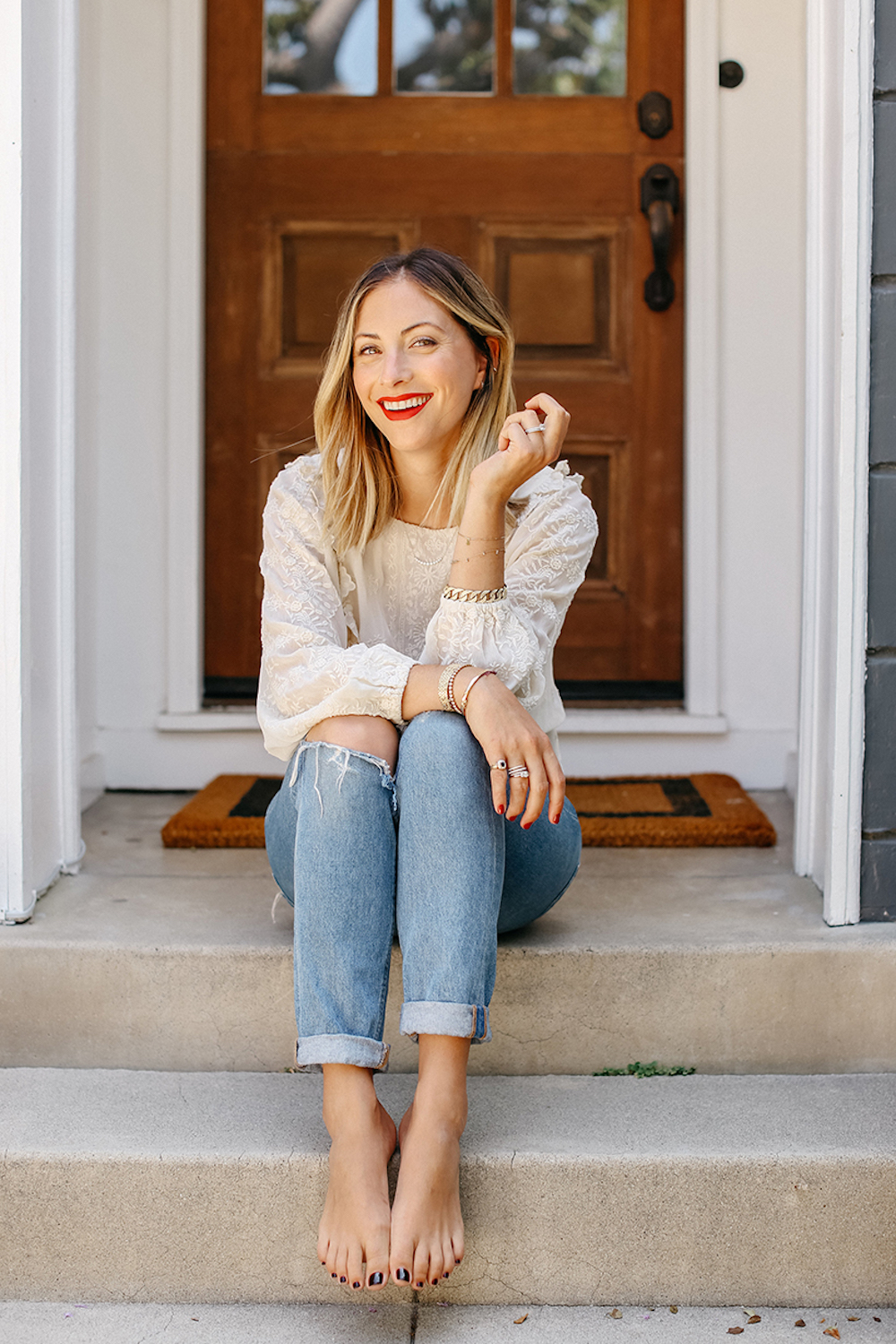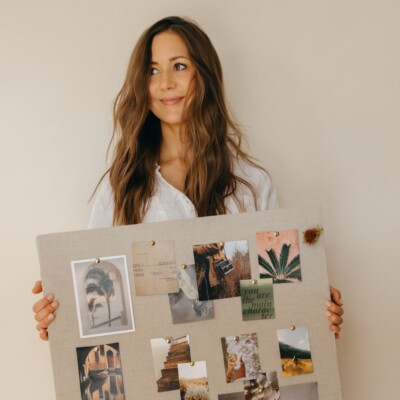While more women are surviving from breast cancer than ever before, it continues to rock the worlds of our sisters, mothers, families and communities. And since keeping up with the latest guidelines and scientific recommendations is improbable for most women, it’s all too easy to just push it out of sight and out of mind… or just want to hide under the covers.
Over the past 10 years the guidelines for breast cancer screening, self breast exams and mammography have changed (did you know you’re not even supposed to do self breast exams anymore?) and not many women are even aware of the changes!
Read on to familiarize yourself with what you should be doing and when. As I always say; knowledge is power: get the info so you can be better prepared, up-to-date on screening, and perhaps one step ahead of this common condition.
*Editor’s Note: So you can stay updated in the future: I’ve based my recommendations below from the most up to date guidelines from the US Preventative Task Force and the American Cancer Society
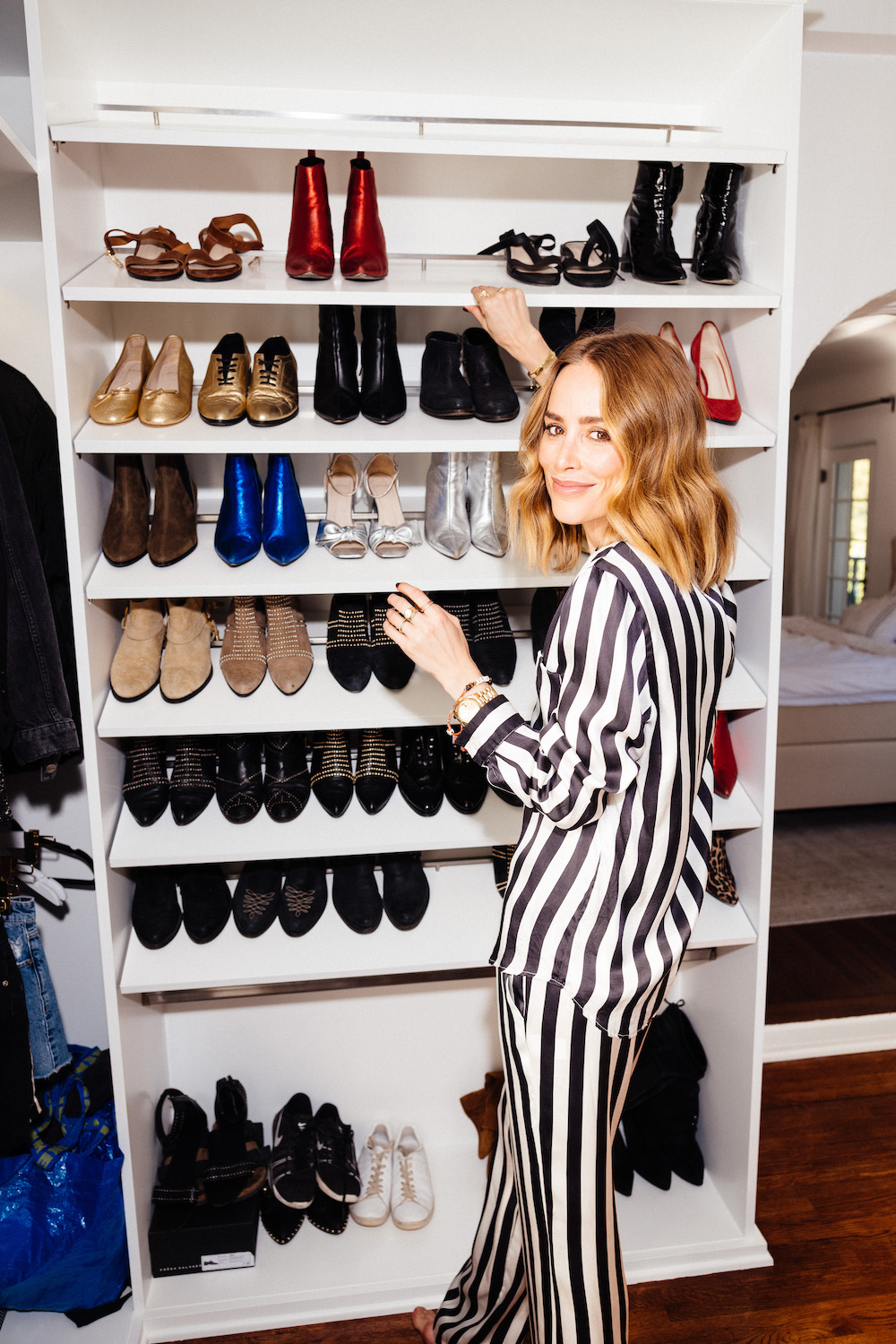
Know Your Risk
Remember when Angelina Jolie had that double mastectomy? That’s because she did her research, and figured out she was actually at a very elevated risk for breast cancer, and the benefits of this surgery outweighed the risks of keeping her breasts. This is an example of how current guidelines are all about knowing your risk level, ladies. I’m not saying we all need double mastectomies, and luckily, most women are at an “average risk” which is considered low. But how do you figure that out? If you meet any one or more of the below risk factors you should make an appointment with your women’s health care provider to set up a plan for screening for breast cancer because you may need more monitoring or counseling than the average woman.
*Helpful Tip* If you’re unsure, this might be a great time to get on the phone with your female relatives and double check your family history. If you don’t know your family history because of adoption or estrangement, ask your doctor to discuss a good strategy with you.
Risk Factors:
If you or one of blood related family members have ever been diagnosed with breast cancer, ovarian cancer, tubal cancer, or cancer of the peritoneum.
If you are aware the BRCA Gene (1 or 2) runs in your family (or if another rarer gene that is related to breast cancer runs in your family).
If you have ever received radiotherapy (radiation) treatment to your chest between the ages of 10 and 30.
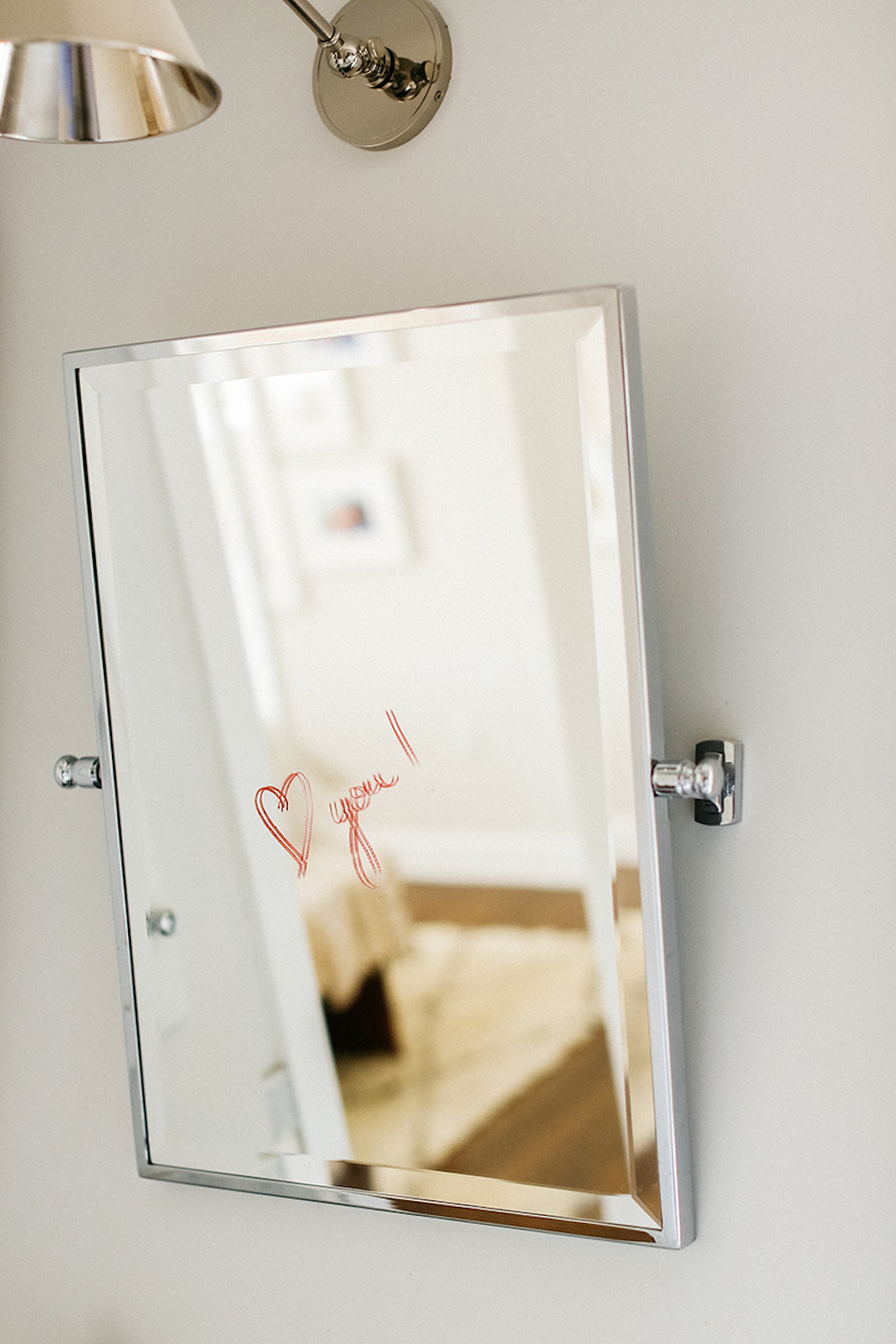
Familiarize Yourself With Routine Checkups For Your Age Group
Screening is age dependent – where do you fall?
Teens – 39 Years Old: Practice Breast Self Awareness
Once per month “Self Breast Exams” have gone away (see below for explanation of why): Providers are now encouraging something called “breast self-awareness.” This means to be very familiar with, aware of, and knowledgeable about what is normal for your breasts – and what is not. Rather than just checking in once in a while, being very tuned in to what is normal for your breasts always helps you identify changes right away. And don’t forget the old saying that two eyes (or sets of hands) are better than one -if you’re partnered it’s a good idea to ask them to let you know if they ever notice a change or something different that you may not – it could make a life-saving difference.
Sooo what is normal? And what is not? Take a good feel of your breasts, like right now! Make a mental note of what they feel like, some women even like to take notes or draw a picture and stash it away to refer to for later. Somewhat bumpy, glandular, soft tissue is normal.
If you feeling something lumpy, feel the same area on your other breast, most often times anatomically normal lumps are the same on both breasts and that’s okay! If you feel a new lump that is one sided, has grown, or is different than your other breast it’s worth getting checked out ASAP.
According to Johns Hopkins School Of Medicine what you are always looking out for is:
- A lump (could be small and hard like a pebble or larger and softer)
- Nipple discharge other than breast milk, especially a bloody discharge or one sided discharge
- Swelling
- A change in size or shape
- Skin irritation, such as redness, thickening, or dimpling of the skin ( like an orange)
- Swollen lymph nodes in the armpit
- Nipple problems, such as pain or redness
Why Did the Self Breast Exam Go Away?
The methodical old stand in the shower once a month and do an “okay” job at “maybe” doing a self breast exam has gone away. Following a regular breast exam schedule is difficult and women often left months in between exams. Huge bodies of research like this study and this study since roughly 2008 -2009 have been pointing to the fact that self breast exams as well as clinical breast exams (meaning when your doctor does a breast exam in clinic) don’t actually save lives or increase life saving diagnoses of breast cancer.
What they did find is that all of these women doing self breast exams, or feeling guilty for only once in a while doing self breast exams; had heightened anxiety, more biopsies of benign lumps, bumps (because what do we all know? boobs are naturally lumpy and bumpy), and exposure to unnecessary radiation through extra mammograms and diagnostic imaging that wasn’t necessary….and lives weren’t being saved because of them. So researchers had to come up with a new plan….and that was for YOU to become even more familiar with your breasts and to look more closely at the root of the cause – risk factors and family history.
Ages 40 and above: Continue to practice Breast Self Awareness AND receive Mammograms; every 1-2 years
The recommendations between the US Preventative Task Force and the American Cancer Society are slightly different in regards to how often women should receive mammograms. Women in this age rage are recommended to have a mammogram every 1 to 2 years depending on which guiding body you follow. Discuss what this looks like for you and how often you should be screened with your women’s health provider at your next visit.
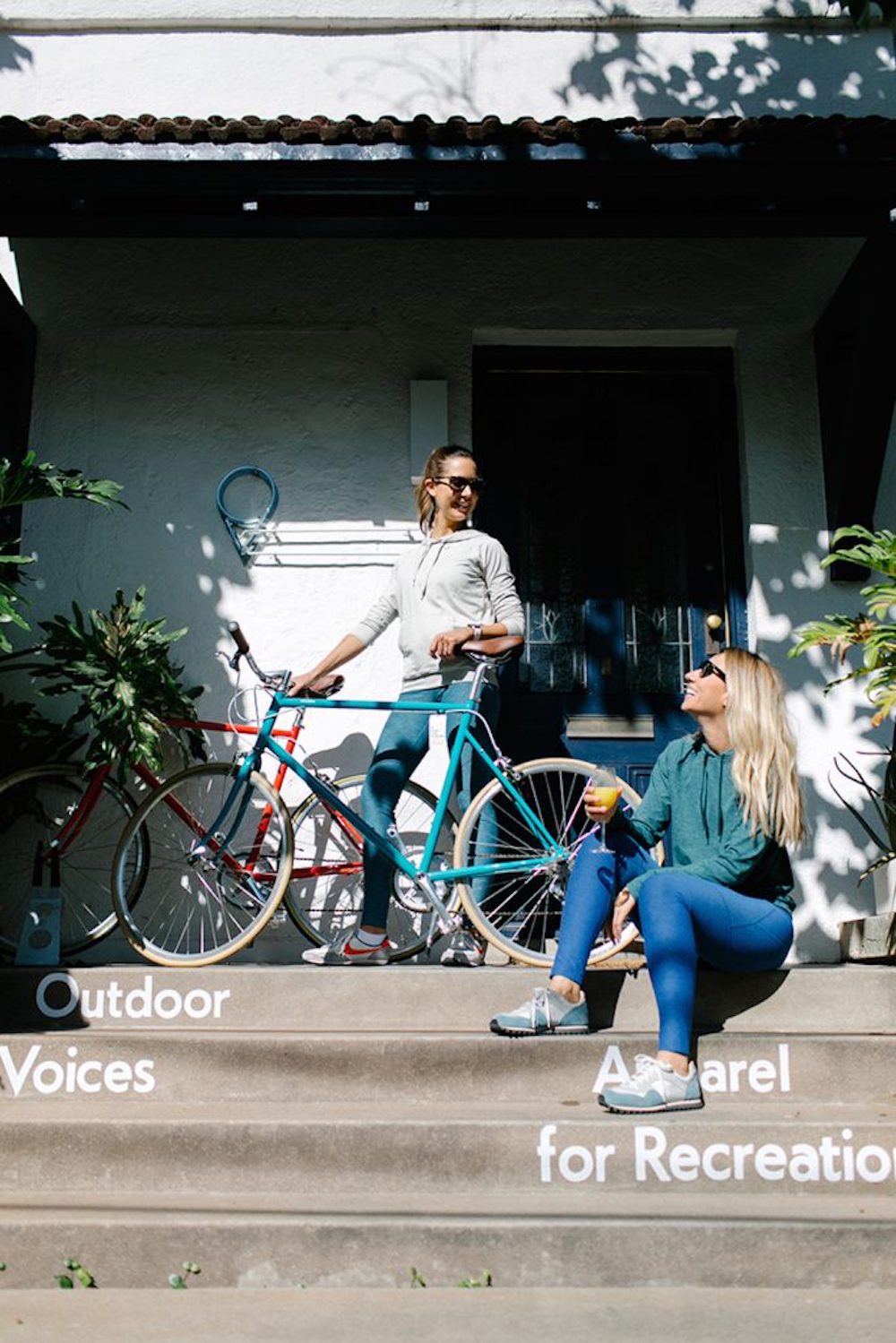
Decrease Your Risk Factors by Keeping A Healthy Lifestyle
Keep Your Weight Under Control.
Research shows that when your weight is under control – especially as you age – your risk for breast cancer decreases. The Susan G Komen website does a really good job of explaining the correlation between fat tissue and estrogen related breast cancer here.
Move Your Body!
Women who exercise just 2.5 hours a week lower their chances of developing breast cancer by 10-20%. Even small changes like parking across the parking lot when you shop, using the stairs at work every day or working in a walk to your lunch break every day can help.
Limit Alcohol Intake
I’m not saying don’t drink – we all love to wind down and alcohol is one of society’s most accepted forms of relaxation – however it’s effects on risk for breast cancer are quite striking. In a research study that looked at data from almost 150,000 women – those women who drank 2-3 alcoholic beverages per day had a 20% higher chance of developing breast cancer. In fact with each alcoholic beverage one consumes per day, the risk for cancer increases by 7%. That’s a pretty motivating reason to say no more just a little more often than not.
Choose Hormone Replacement Therapy Wisely
If you use hormone therapy for menopausal symptom relief, use the lowest dose possible – for the shortest amount of time. The Susan G Komen website again does a great job of explain this very complex subject on their website.
Breastfeed Your Babies If You’re Able To.
Breastfeeding isn’t achievable for every single mom and no one should feel bad if they are unable to. There are lots of complicated reasons it doesn’t work out. But for those moms who are able to breastfeed, there is researched-backed protective benefit. Breastfeeding for one year reduces your chance of developing breast cancer, and each year after doubles your protection. This does not equal consistent breastfeeding either. This is years fed over your lifetime.

BE PROMPT If There Is A Problem.
If you know you have a family history, if you feel a lump, if you have a concern – do not not procrastinate. We are all busy, but the best thing you can do for yourself is to act promptly and take the time to get the information, screening, and care that you need and deserve. It usually takes a huge weight off your shoulders to just know that you’ve been checked out. Even just reading this article should help you feel a little more prepared! Get to know your risks, your breasts (very well!) and book appointments on time – you deserve it and it could save your life.


